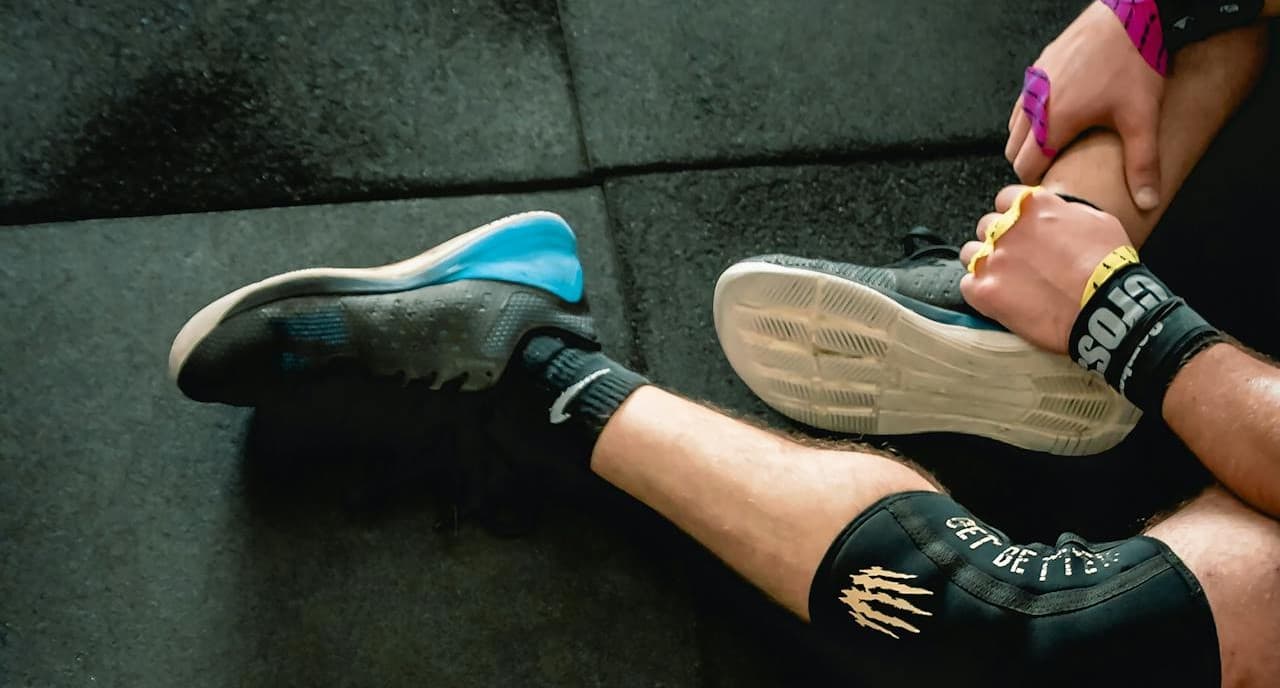Joint, Bursa, and Tendon Pain

Covered by OHIP?
Most services are covered by the Ontario Health Insurance Plan (OHIP)
Waiting Time
Your timeframe depends on the type of procedure.
OHIP Covered Services
Most services are covered by the Ontario Health Insurance Plan (OHIP)
WILDERMAN MEDICAL CLINIC
Joint, Bursa, and Tendon Pain
Pain in joints and tendons can result from physical injury due to overuse, excessive pressure, impact, or simply sitting/standing in a fixed position for a prolonged period.
Although mild physical injuries often heal with time, some types of injuries require more serious medical attention. Pain in such regions may also be caused by a certain number of rheumatic disorders, such as tendinitis and bursitis.
Tendinitis and Bursitis
What is it?
Tendons are tissues that attach muscles to bones to help muscles move. Tendinitis (also known as tendonitis) is an inflammation or irritation of a tendon resulting in pain and/or decreased mobility of the affected regions. The most common cause of tendinitis is injury, either a repetitive, small impact or a sudden, larger impact.
Daily household activities, such as cleaning or raking, are examples of small motions that can cause tendinitis. Several sports also put a person at risk of developing this condition, which is then given more commonly known names like tennis elbow or swimmer’s shoulder. However, it is sometimes caused by inflammatory rheumatic diseases, for example, gout or reactive arthritis.
Other risk factors for tendinitis include poor posture, poor stretching before exercise, an abnormally placed joint or bone, and some infections. Although it can occur anywhere there is a tendon, some of the more common areas where people experience tendinitis are the elbow, knee, shoulder, hip, base of the thumb, and Achilles tendon.
Bursae are small fluid-filled sacs located between joints, muscles, and tendons that function to decrease rubbing, friction, and irritation, particularly around joints of the knees, elbows, shoulders, hips, and the Achilles tendon. Bursitis is the inflammation and irritation of bursae, resulting in pain and severely decreased mobility of affected regions. Bursitis is caused in the same ways as tendinitis.
Who is at risk?
Both tendinitis and bursitis are most common in adults over the age of 40. This is because as we get older, our tendons are less elastic and thus more vulnerable to stress and tearing.
Symptoms
The most common symptoms of tendinitis and bursitis are pain and tenderness in – and decreased mobility of – the affected region. Pain may build up gradually or, if calcium deposits are present in the bursae, be sudden and severe. Bursitis and tendinitis of the shoulder are also associated with the complete loss of motion in the shoulder − the symptom is termed “adhesive capsulitis” or “frozen shoulder”.
Diagnosis and treatment
Tendinitis and bursitis are diagnosed based on medical history and localized pain and/or swelling. X-rays may also detect calcium deposits present in bursae and the surrounding areas. For milder and more recent cases, the pain and swelling may cease with rest (especially avoiding aggravating activities), wrapping, and icing of the injured area, as well as the use of over-the-counter anti-inflammatory drugs or topical gels.
In more severe or prolonged cases, the patient may need to see a doctor. If fever is present, the bursitis or tendinitis may be due to an infection, and the patient should seek immediate medical attention. Some bursae, like those in the knee or elbow, are particularly prone to infection, and the doctor may remove some fluid from the bursae or order a blood test to check.
Treatment we offer at Wilderman Medical Clinic
We offer ultrasound-guided joint and tendon injections with cortisone, prolotherapy, PRP (platelet-rich plasma), autologous blood injections, medication, chiropractic, physiotherapy, acupuncture, therapeutic exercises, psychotherapy, biofeedback, and assistive devices like braces, TENS/MET devices, and orthotics.

